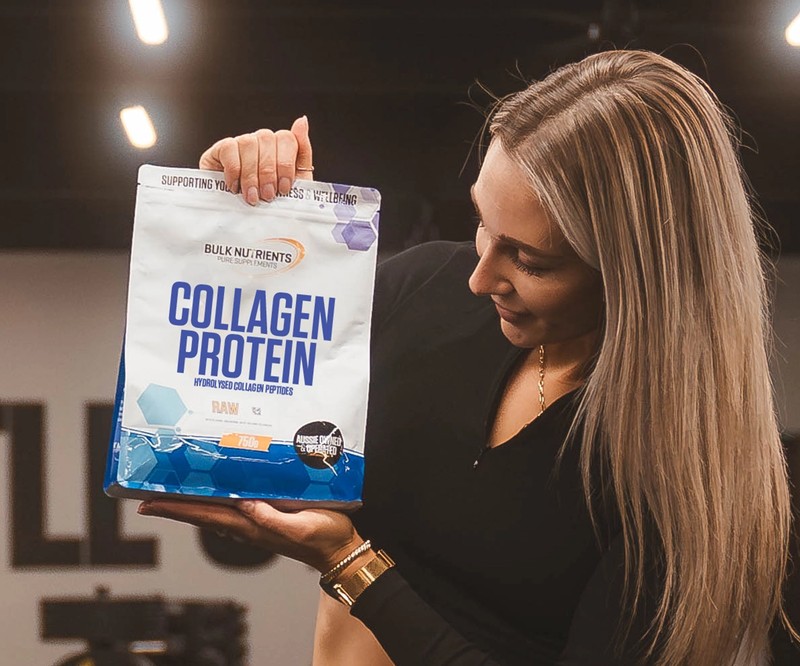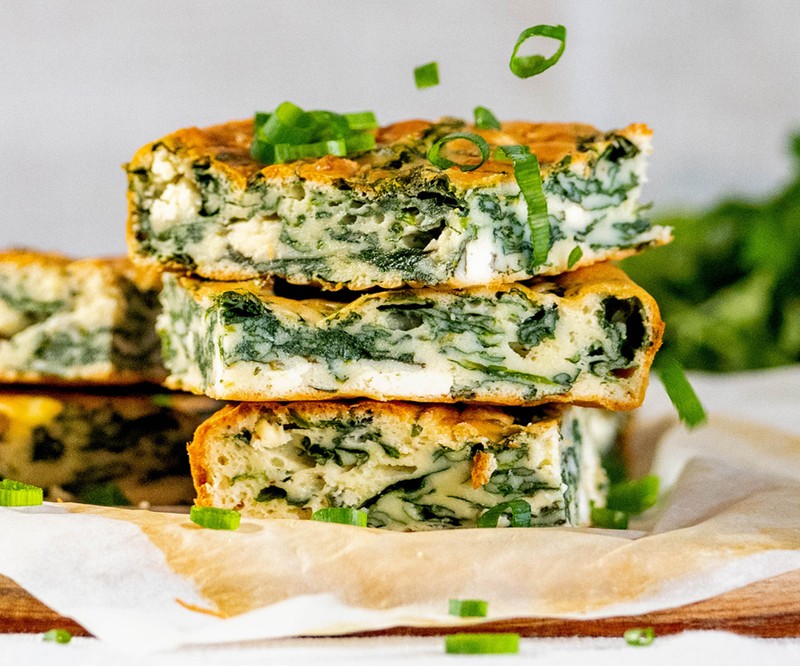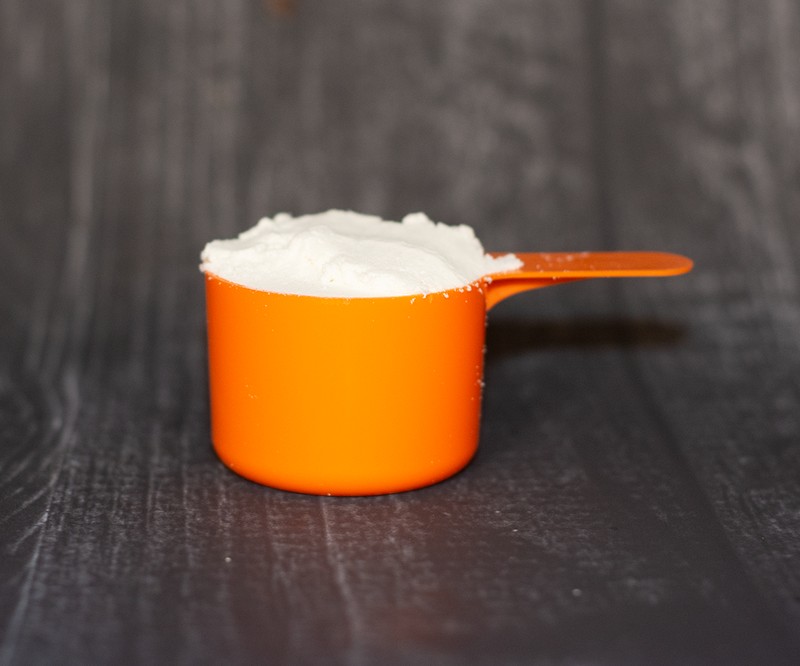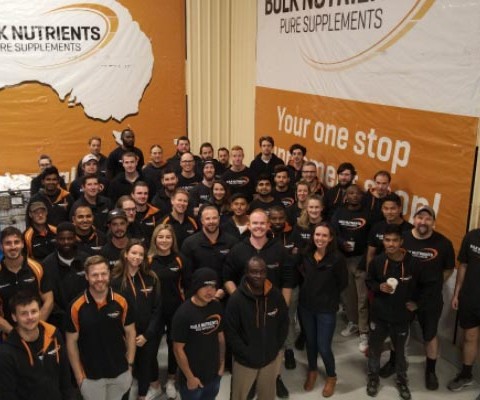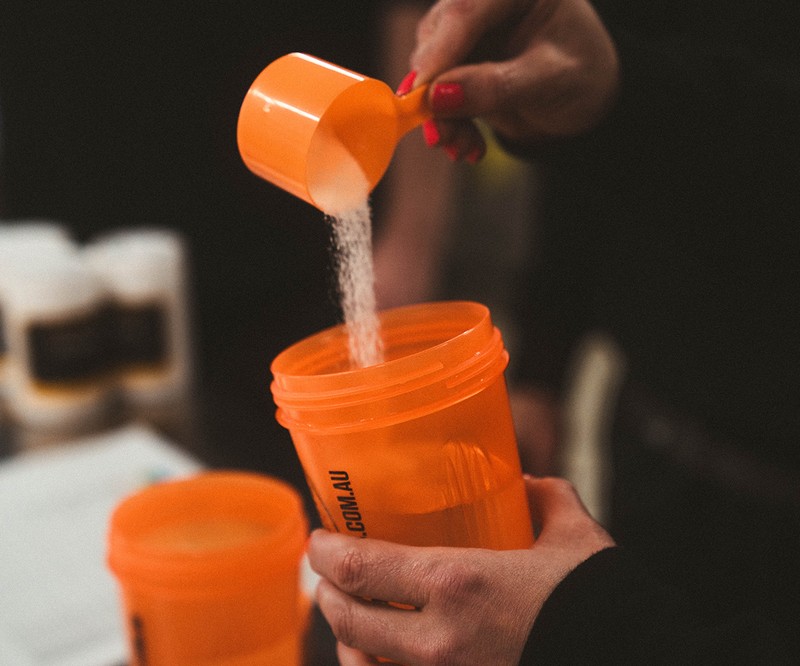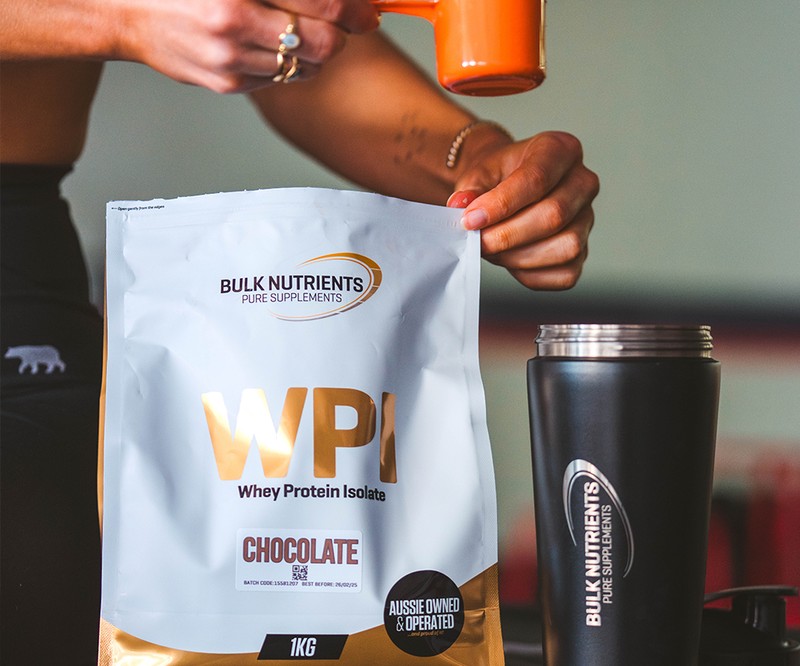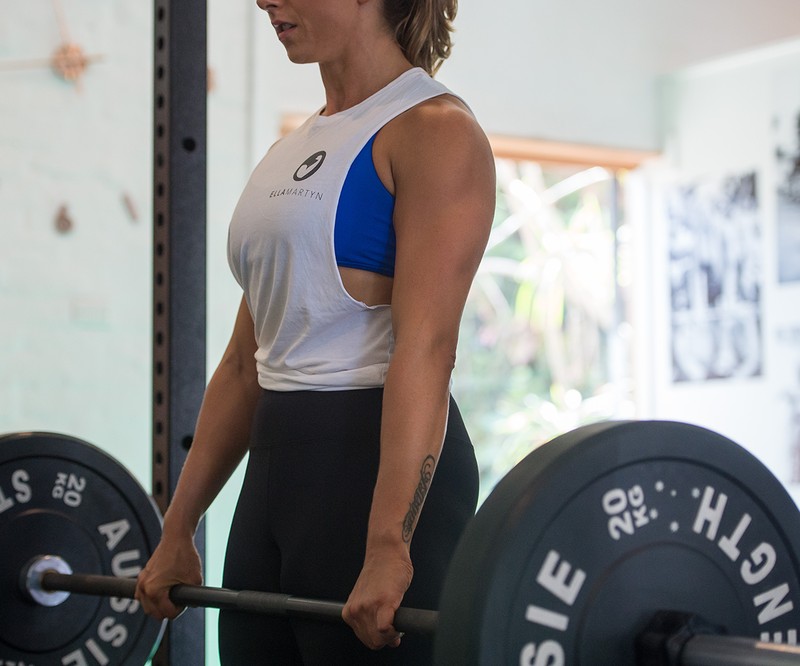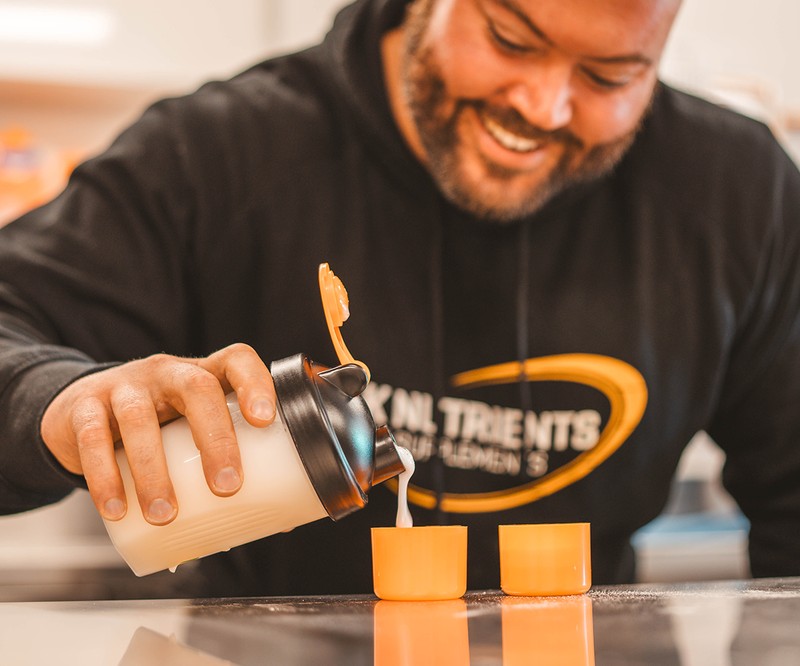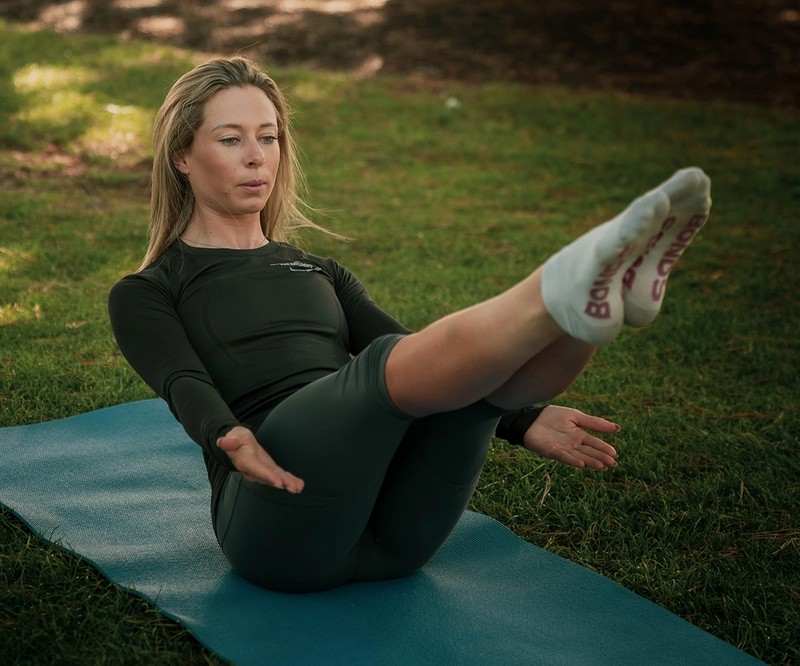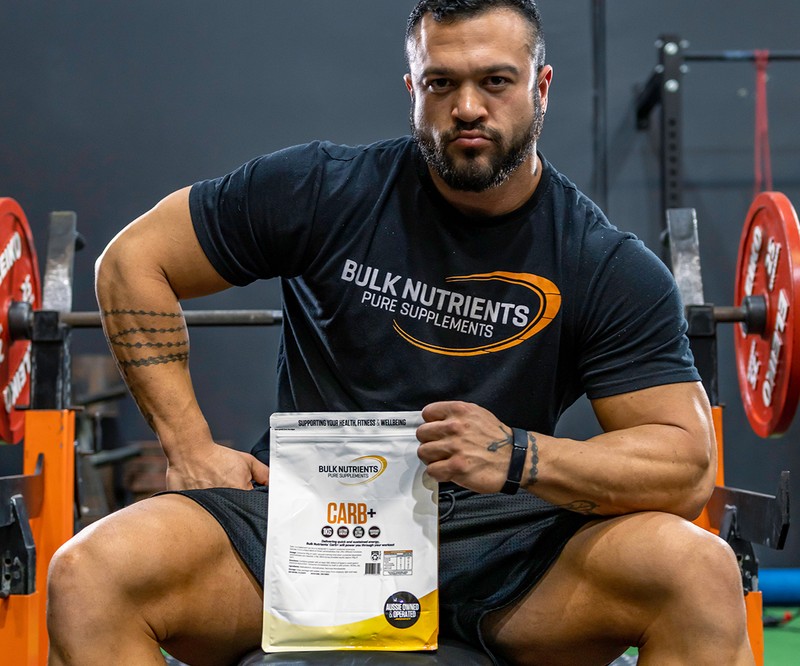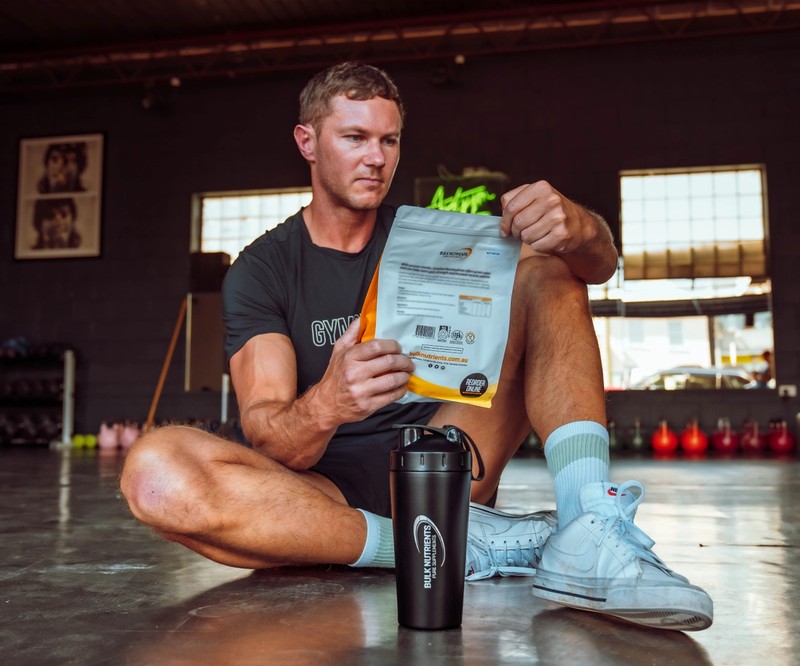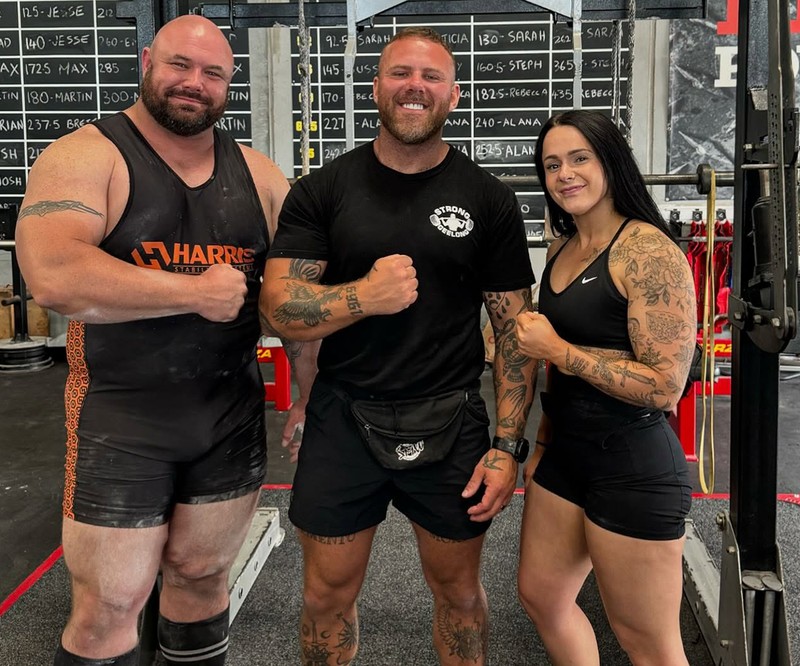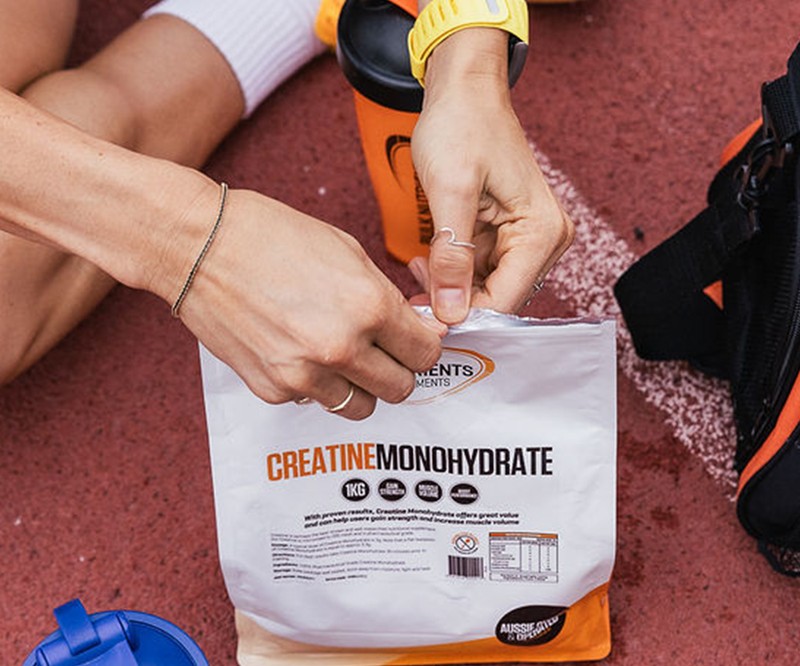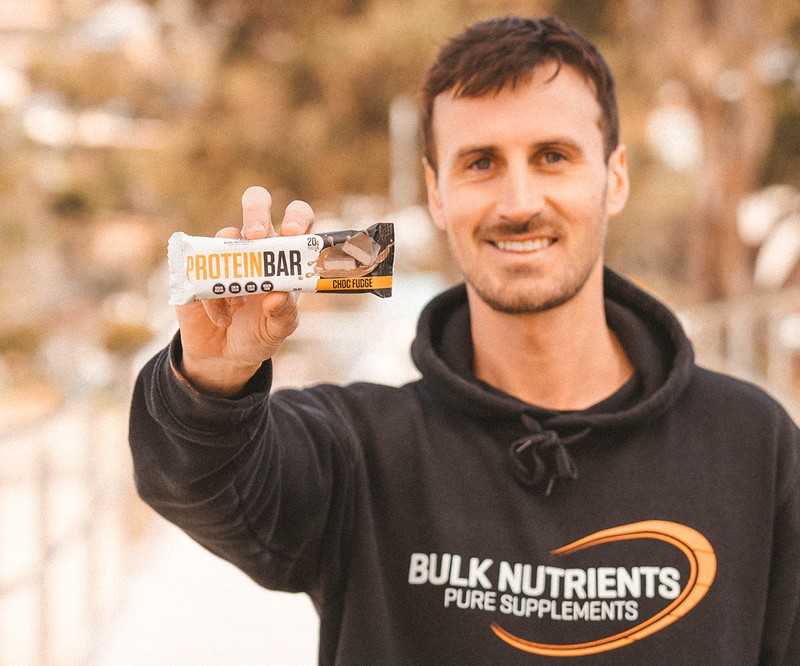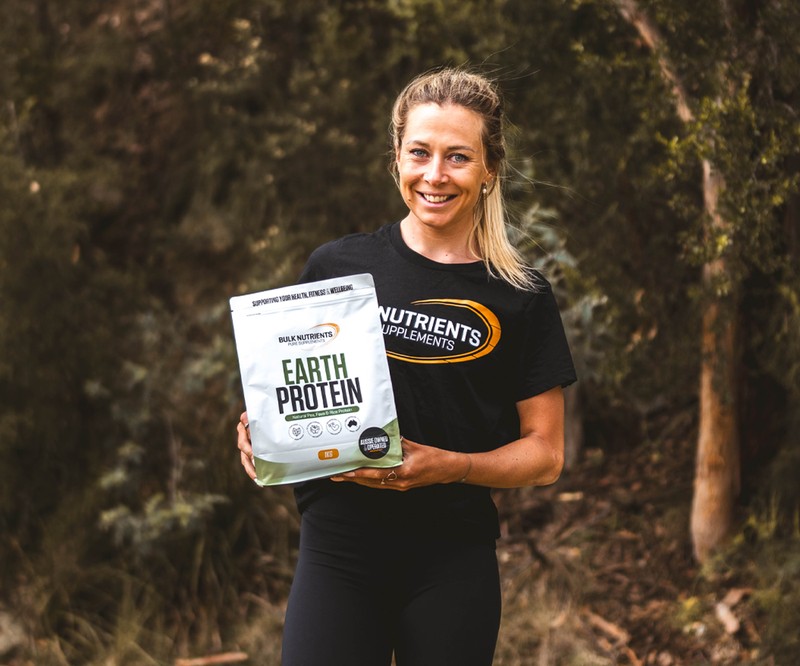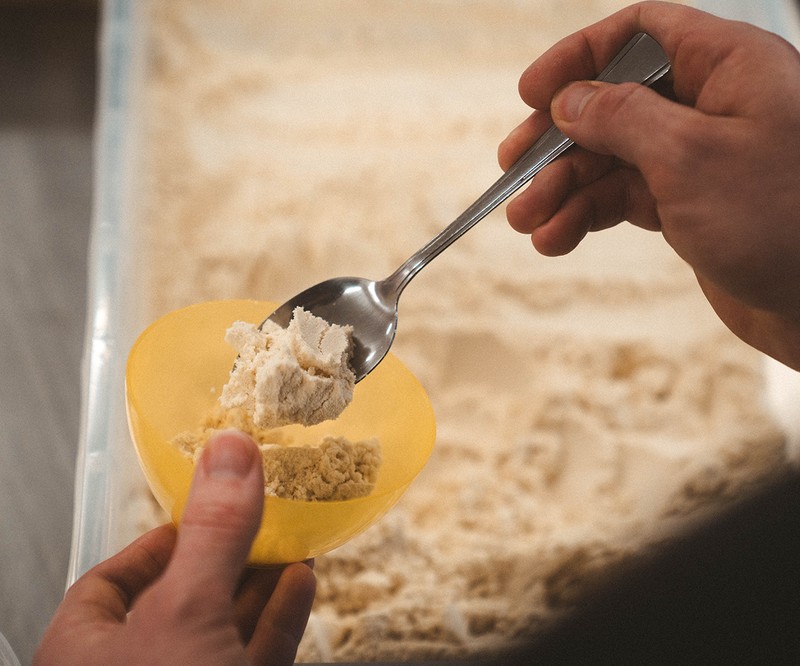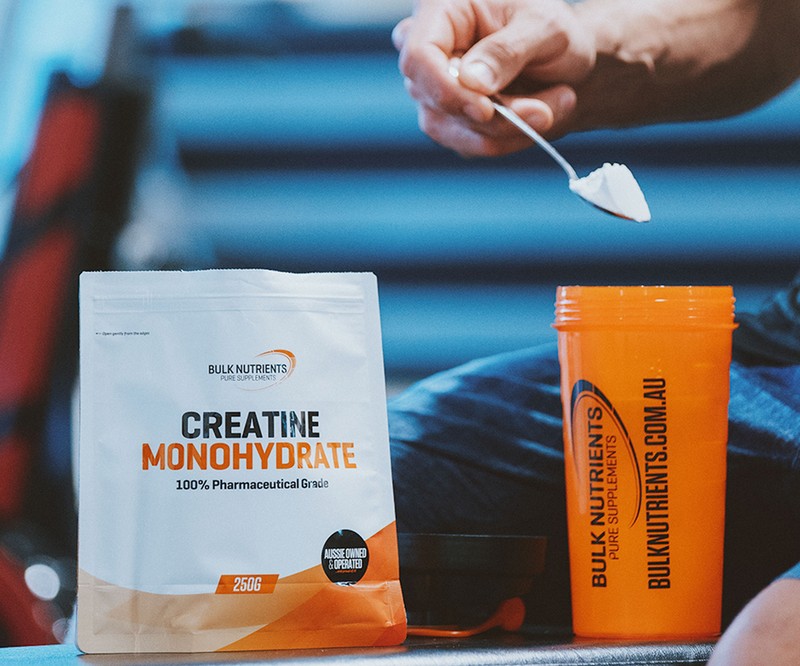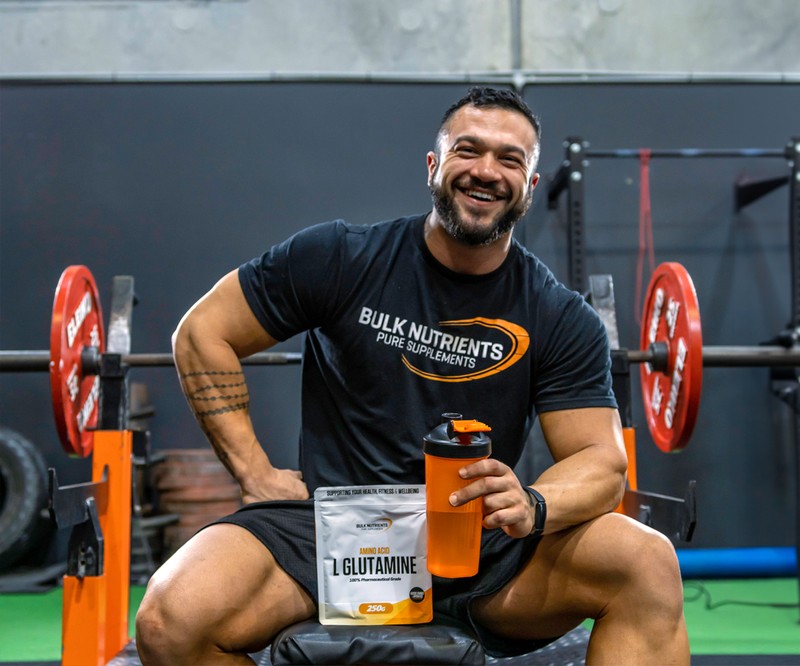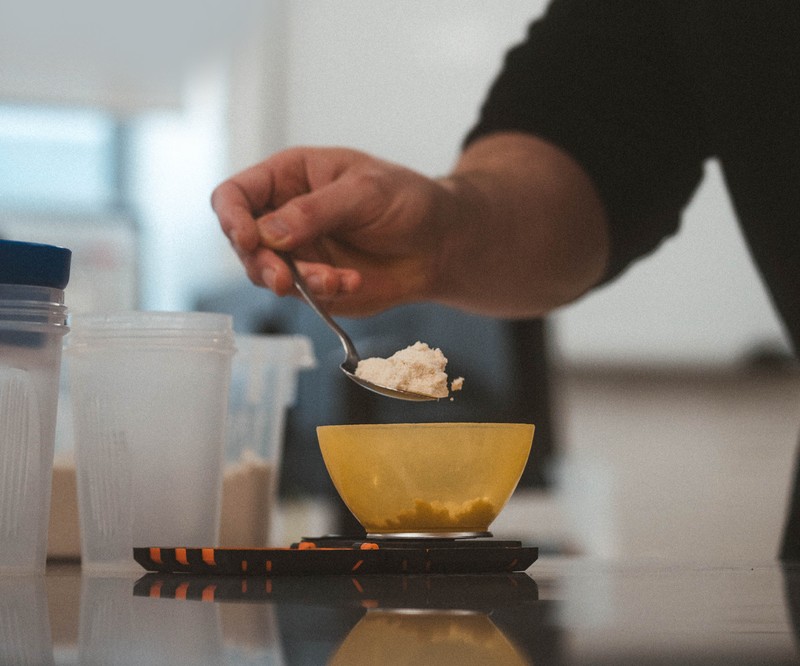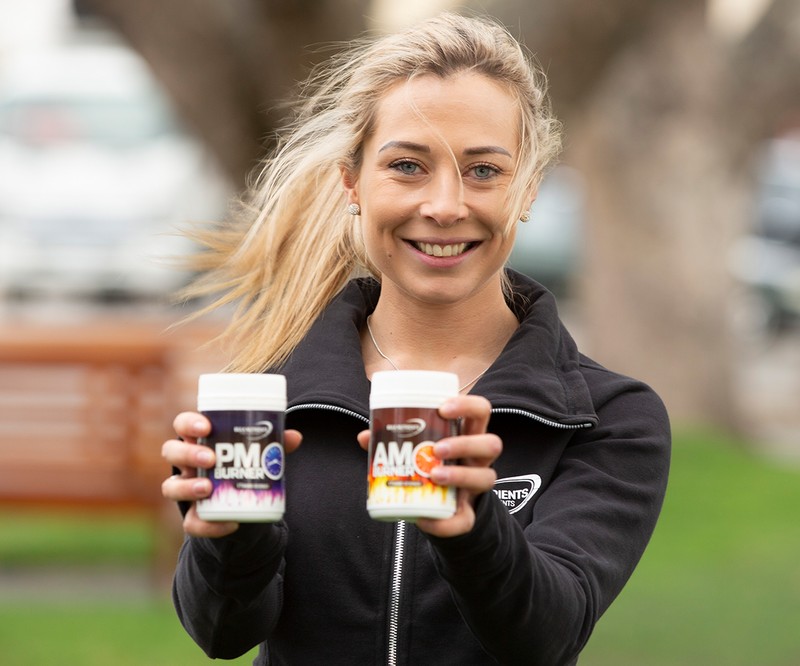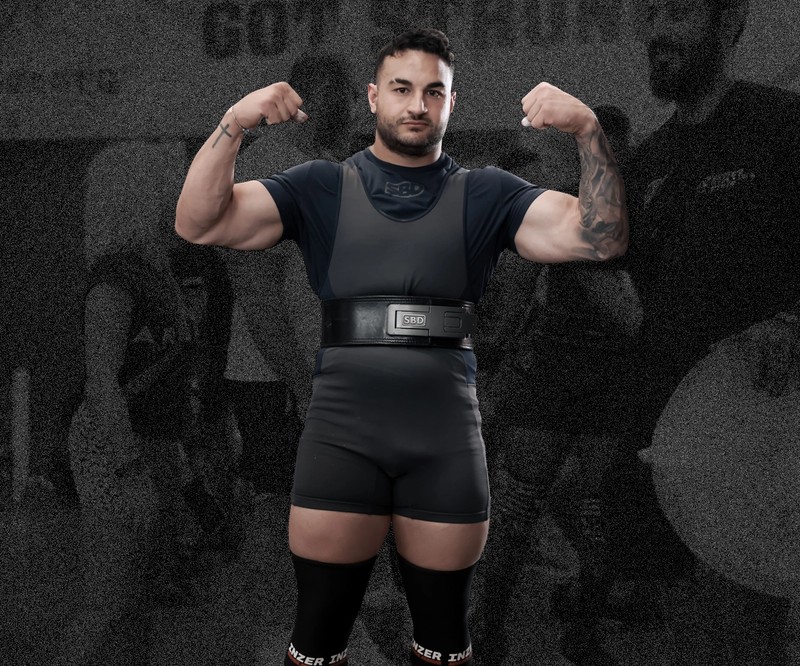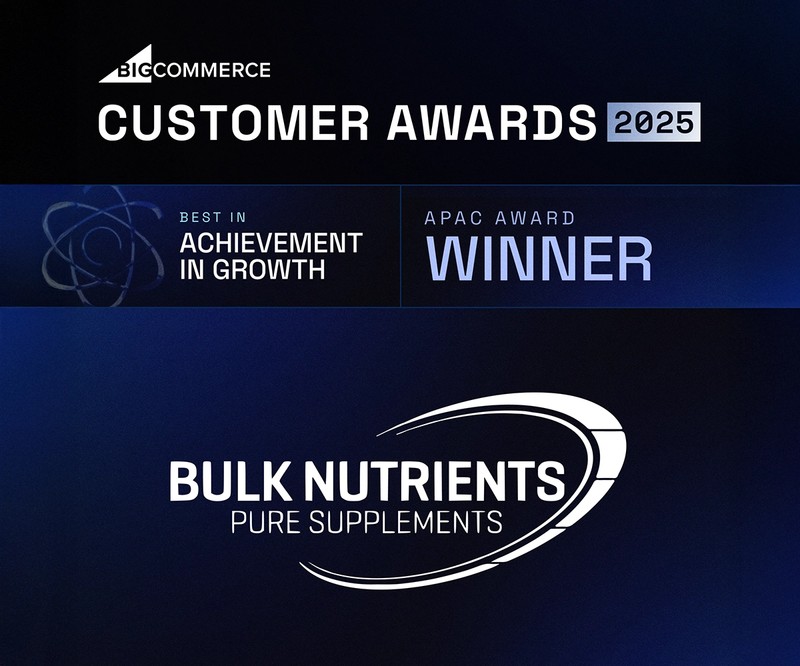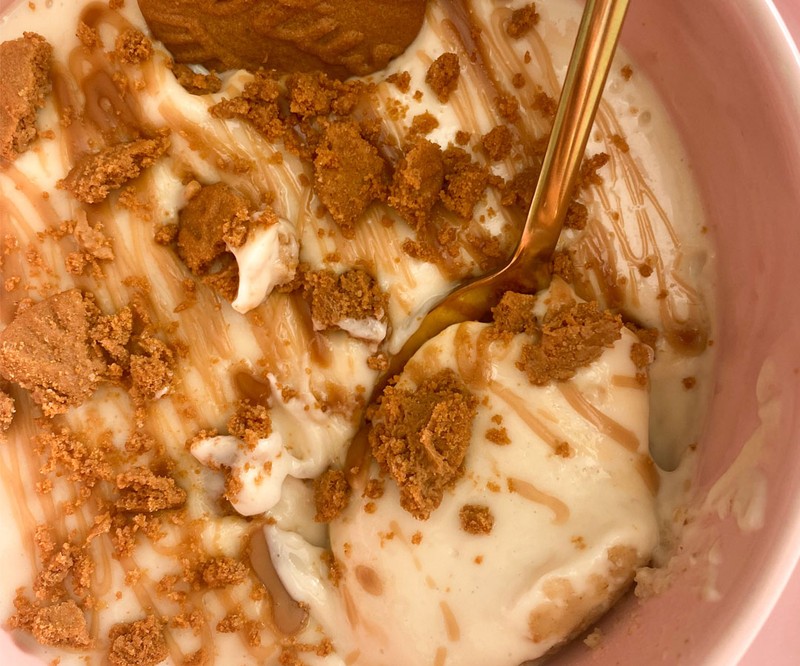5 Key Points to Remember for Growing Muscle

1. Learn about the three principles of muscle growth and how to use them
Basically, everything we know about muscle growth (to date) stems from these three principles:
- Mechanical Tension
- Metabolic Stress
- Muscle Damage
Mechanical tension refers to lifting heavy weight, putting some tension onto your muscles!
For example, bench pressing at 50% of your maximum bench press strength doesn't allow for as much mechanical tension as benching at 80% of your maximum bench press strength.
Mechanical tension refers to how we generate muscle power with a challenging weight and good form.
The second principle, metabolic stress, refers to "the pump" we get during training. This is when all the blood rushes to our muscles and they become superficially enlarged. We can achieve this by ensuring we don't lockout at the top of movements, and don't rest for longer than 2-3 minutes between sets.
You want to feel like your muscles are on fire during a workout -- that's metabolic stress!
A great way to achieve this is by utilising a rep range of 12-25 reps to muscle failure, which rests periods sometimes being as low as 20-55 seconds.
So, we know to ensure we lift heavy (mechanical tension) and sometimes reduce rest and do more reps for a serious pump (metabolic stress). So,let's look at the last principle and how that fits into these both: muscle damage.
Muscle damage ensures that the exercises and way in which we're lifting "damages" the muscle as much as possible. We can achieve muscle damage by:
- Mixing up our exercises.
- Implementing slow negatives (lifting the weight slower on the way down [4 seconds] during a rep).
- Choosing exercises with a maximum range of motion to induce stretch-mediated hypertrophy (more on this in a moment!).
It's simple: more damage means more growth.
2. Progressive overload for maximal muscle growth
Progressive overload ties into the first principle of muscle growth; mechanical tension.

For example, a newbie starts bench pressing, and can only lift 60 kilograms for 4 reps before failing. This is a good example of mechanical tension at work. But, two years on, if this newbie continues to lift this same weight for up to 12-15 reps, the mechanical tension becomes much less.
This is when the principle of progressive overload must come into it; increasing the workload for muscles beyond present capacity.
Progressive overload directly drives muscle growth, and research shows it can be implemented in the following four ways:
- Increasing the amount of weight we lift.
- Increasing the training volume by increasing the number of reps, sets, or exercises performed.
- Altering rest periods.
- Increasing rep speed during lighter loads.
Research tells us the most popular method is number 1.
So, add more weight to the bar over time to ensure more muscle growth, including increasing your sets and reps.
But just how much?
Research suggests that changes in total training volume (reps, sets, weight) be made in increments of 2.5% to 5.0% per week.
This is to avoid overtraining.
3. Muscle damage: Stretch-mediated hypertrophy and working a muscle through a full range of motion
One of the important factors of muscle damage is ensuring you're quite literally, damaging the muscle as much as possible.
And the idea of this is to work a muscle through a full range of motion.
BUT!
This does not mean working a muscle through a full range of motion in the context of an exercise. Because a given exercise might not actually work a muscle through a full range and STRETCH it properly.
For example, this research into hamstring training found seated hamstring curls were better than lying hamstrings curls, as when we are bent at the hips (seated), a larger stretch of the hamstrings (and a greater range of motion) occurs.

And more muscle damage (and thus growth) can occur when a muscle is stretched MORE and forced to shift weight in that position.
This is so critical: range of motion isn't defined by exercise, but by joint.
And when we can stretch our muscles out during training for optimal growth, that is when we can achieve stretch-mediated hypertrophy.
Another example is this study in 2021, which that found when subjects did just the bottom half of a preacher curl, it resulted in about three times as much muscle growth as when they did just the top half of the preacher curl movement.
And all of this relates to the first principle of muscle growth too: mechanical tension.
You might remember this is the amount of weight a muscle is lifting and the force it is generating to do so.
And the amount of tension a muscle can produce is variable across its length. And so, scientists call this the length-tension relationship.
And you can put your muscles under more tension when they're stretched because they're worked at a greater length.
So be sure to choose exercises that ensure a great muscle stretch!
4. Get enough protein
There are three things you need to know about protein to gain muscle mass this year:
- It promotes muscle growth and strength.
- The latest recommendations are to have about 1.6 grams to 2.2 grams of protein per kilogram of body weight per day.
- Try not to go longer than 6 hours without it.
And. That's. it.
And we've got you covered with the best supplements for muscle growth, for a low-calorie and convenient, high quality hit of nutrition when you need it.
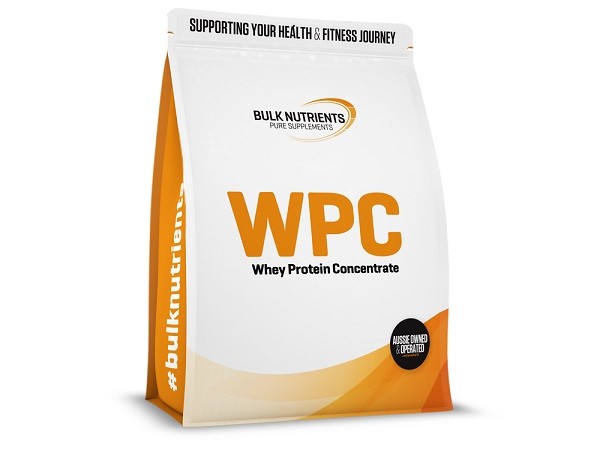
5. Get enough rest
It might sound silly, but this is a common mistake people make.
The less sleep you get, the more muscle mass you can lose, and the harder it is to grow in the first place.
Research suggests the amount of sleep you need depends on your age:
- Teenagers (14-17) years are recommended to get 8-10 hours of sleep.
- Young adults (18-25 years) are recommended to get 7-9 hours of sleep.
- Adults (26-64 years) are recommended to get 7-9 hours of sleep.
- Older adults (65 +) 7-8 hours.
Most of you reading this will want to aim for 7-8 hours of sleep per night for optimal muscle growth.
The bottom line
Understanding the three principles of muscle growth, and how progressive overload works within that, is critical for optimal muscle growth. Moreover, how stretch-mediated hypertrophy fits into two of the three principles (mechanical tension and muscle damage) is important to know when you're training.
Given proteins crucial role in muscle growth and recovery, aim for 1.6 grams to 2.2 grams of protein per kilogram of body weight per day in concert with 7-8 hours of sleep per night, and you're giving yourself a great chance at maximal muscle size!
References:
- Aragon AA, Schoenfeld BJ. Nutrient timing revisited: is there a post-exercise anabolic window?. J Int Soc Sports Nutr. 2013;10(1):5. Published 2013 Jan 29. doi:10.1186/1550-2783-10-5
- Dáttilo M, Antunes HKM, Galbes NMN, Mônico-Neto M, DE Sá Souza H, Dos Santos Quaresma MVL, Lee KS, Ugrinowitsch C, Tufik S, DE Mello MT. Effects of Sleep Deprivation on Acute Skeletal Muscle Recovery after Exercise. Med Sci Sports Exerc. 2020 Feb;52(2):507-514. doi: 10.1249/MSS.0000000000002137. PMID: 31469710.
- Fleck SJ, Kraemer WJ. Designing Resistance Training Programs. 3rd ed. Champaign, IL: Human Kinetics; 2004
- Goldberg AL, Etlinger JD, Goldspink DF, Jablecki C. Mechanism of work-induced hypertrophy of skeletal muscle. Med Sci Sports. 1975 Fall;7(3):185-98. PMID: 128681.
- Maeo S, Huang M, Wu Y, Sakurai H, Kusagawa Y, Sugiyama T, Kanehisa H, Isaka T. Greater Hamstrings Muscle Hypertrophy but Similar Damage Protection after Training at Long versus Short Muscle Lengths. Med Sci Sports Exerc. 2021 Apr 1;53(4):825-837. doi: 10.1249/MSS.0000000000002523. PMID: 33009197; PMCID: PMC7969179.
- Nedeltcheva AV, Kilkus JM, Imperial J, Schoeller DA, Penev PD. Insufficient sleep undermines dietary efforts to reduce adiposity. Ann Intern Med. 2010 Oct 5;153(7):435-41. doi: 10.7326/0003-4819-153-7-201010050-00006. PMID: 20921542; PMCID: PMC2951287.
- Sato S, Yoshida R, Kiyono R, Yahata K, Yasaka K, Nunes JP, Nosaka K, Nakamura M. Elbow Joint Angles in Elbow Flexor Unilateral Resistance Exercise Training Determine Its Effects on Muscle Strength and Thickness of Trained and Non-trained Arms. Front Physiol. 2021 Sep 16;12:734509. doi: 10.3389/fphys.2021.734509. PMID: 34616309; PMCID: PMC8489980.
- Schoenfeld BJ. The mechanisms of muscle hypertrophy and their application to resistance training. J Strength Cond Res. 2010 Oct;24(10):2857-72. doi: 10.1519/JSC.0b013e3181e840f3. PMID: 20847704.
- Winters TM, Takahashi M, Lieber RL, Ward SR. Whole muscle length-tension relationships are accurately modeled as scaled sarcomeres in rabbit hindlimb muscles. J Biomech. 2011 Jan 4;44(1):109-15. doi: 10.1016/j.jbiomech.2010.08.033. PMID: 20889156; PMCID: PMC3003754.
- Wu G. Dietary protein intake and human health. Food Funct. 2016 Mar;7(3):1251-65. doi: 10.1039/c5fo01530h. PMID: 26797090.






